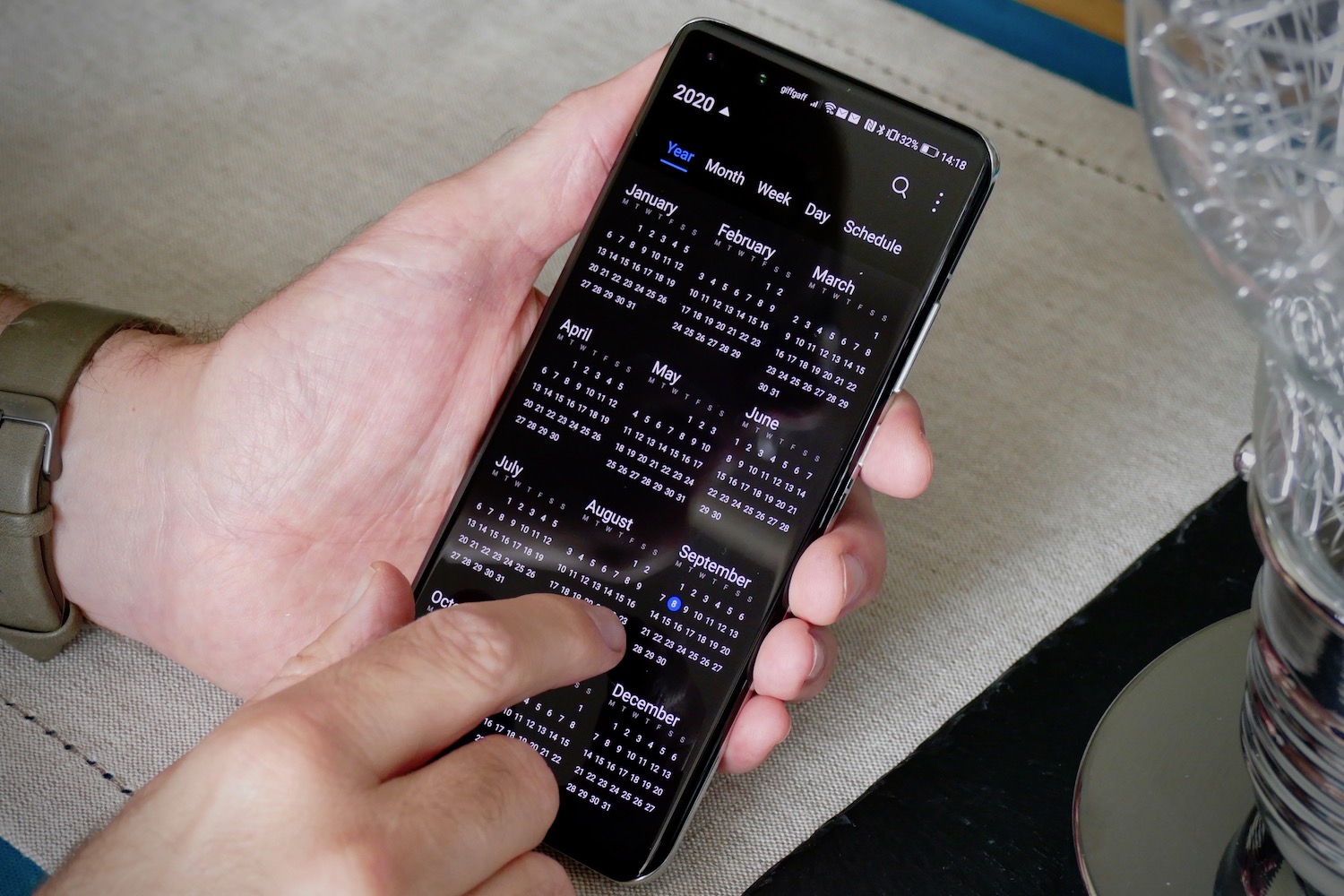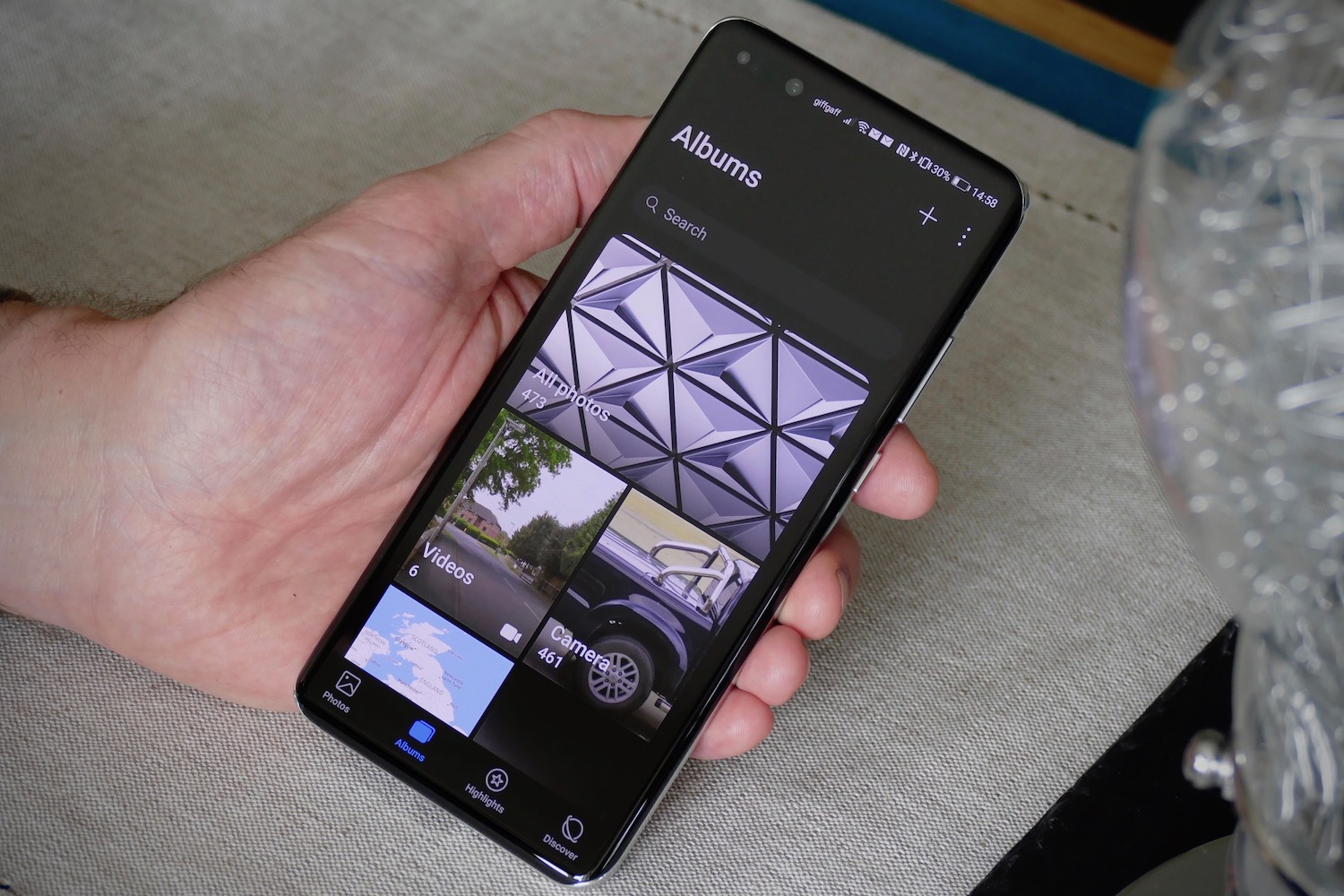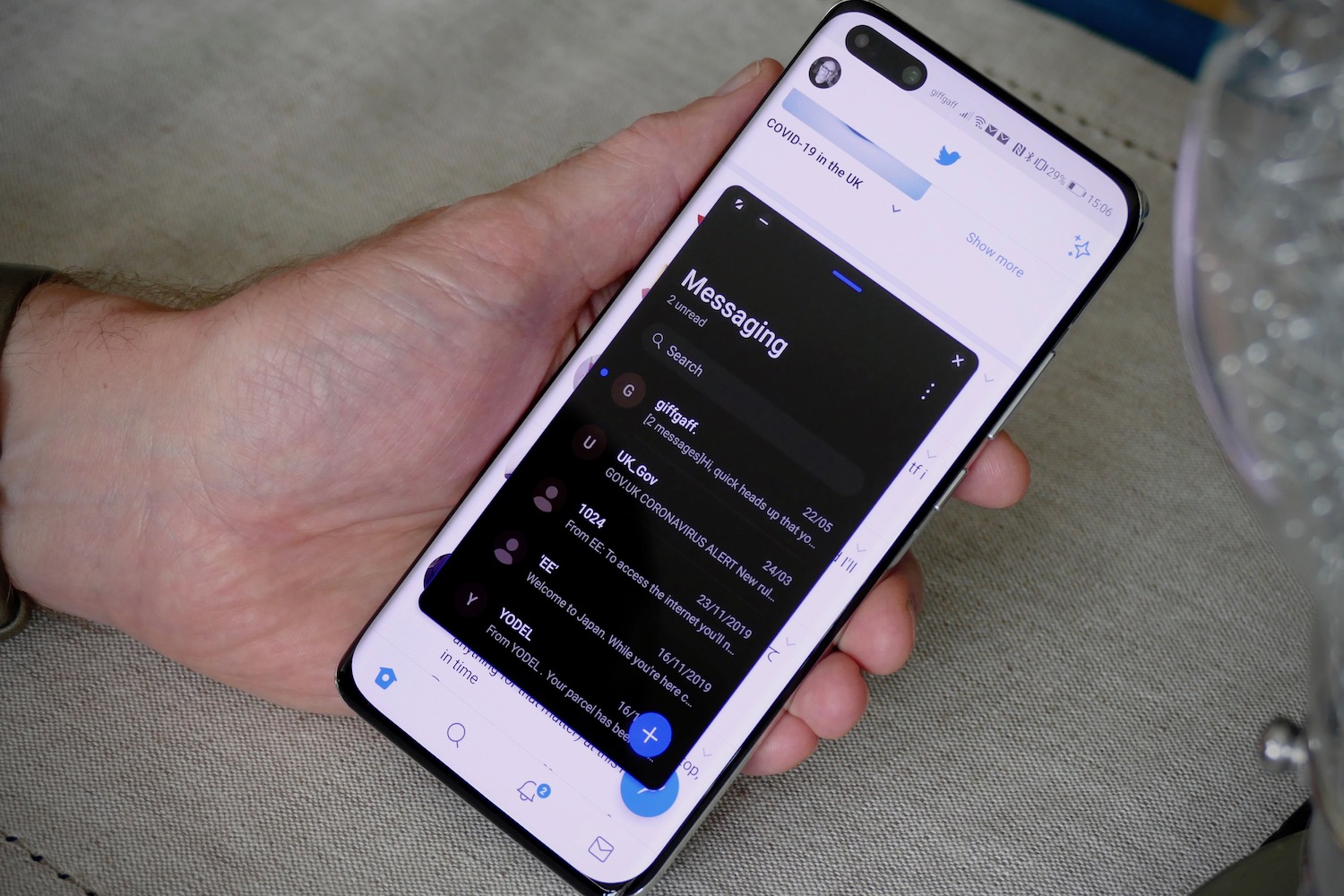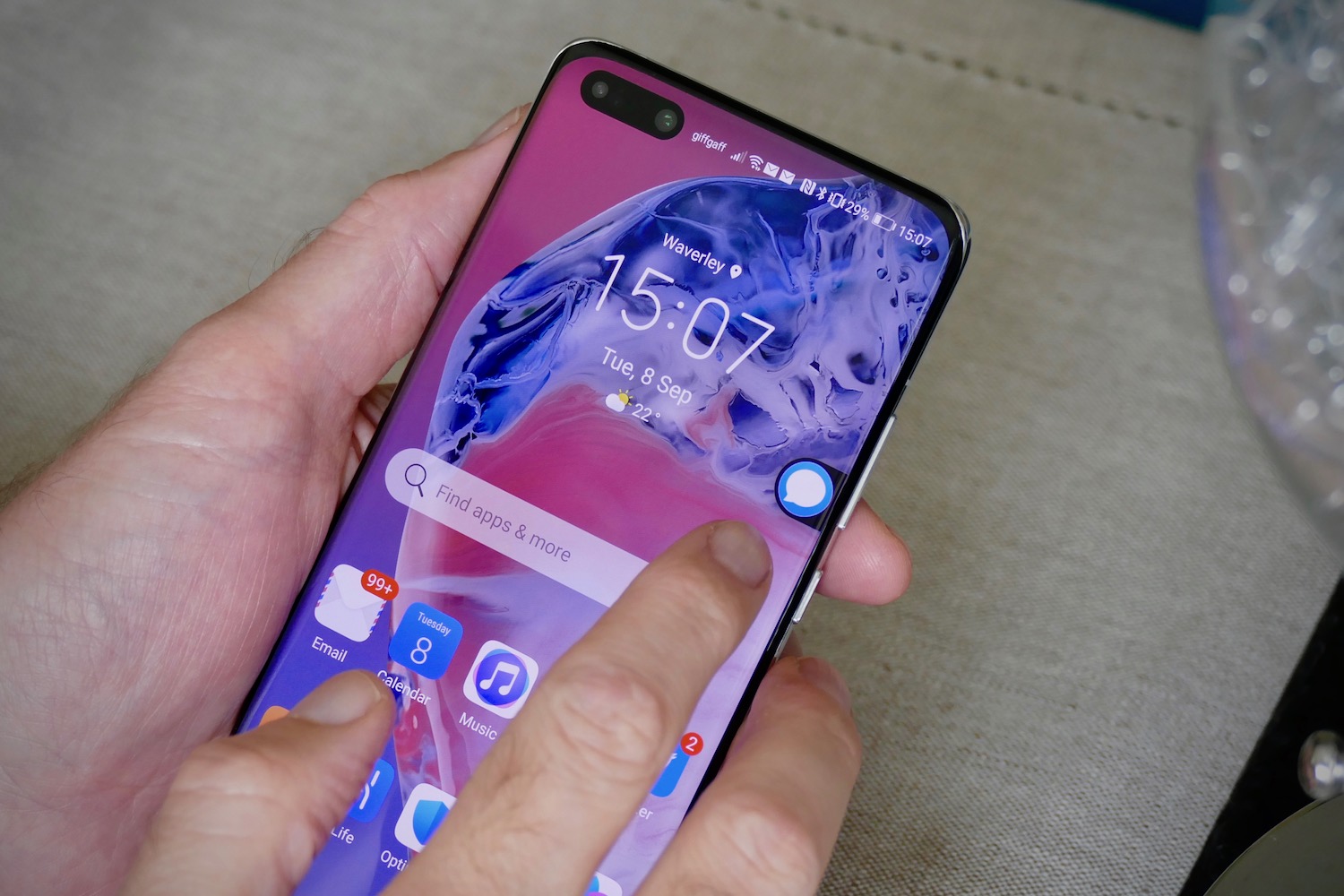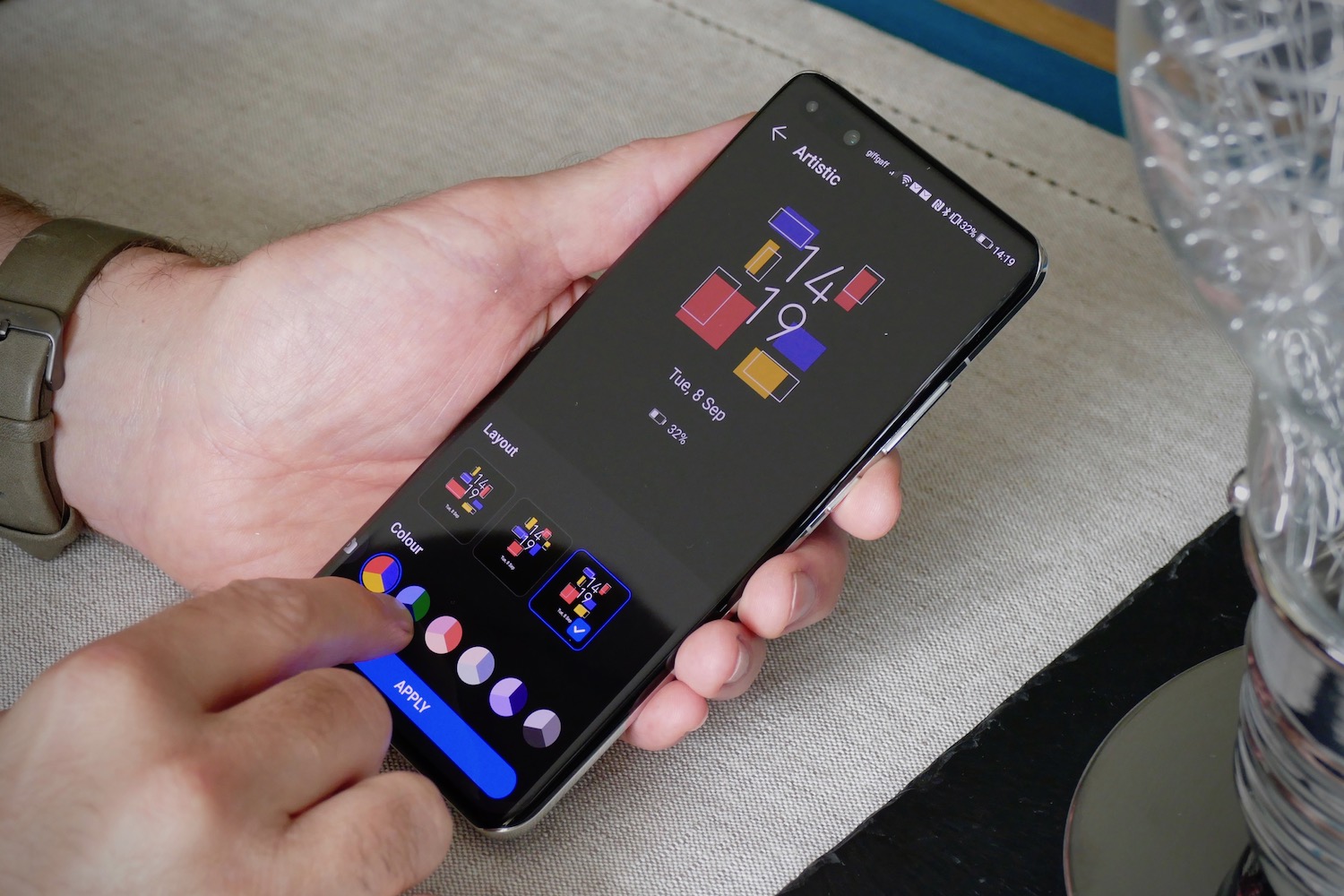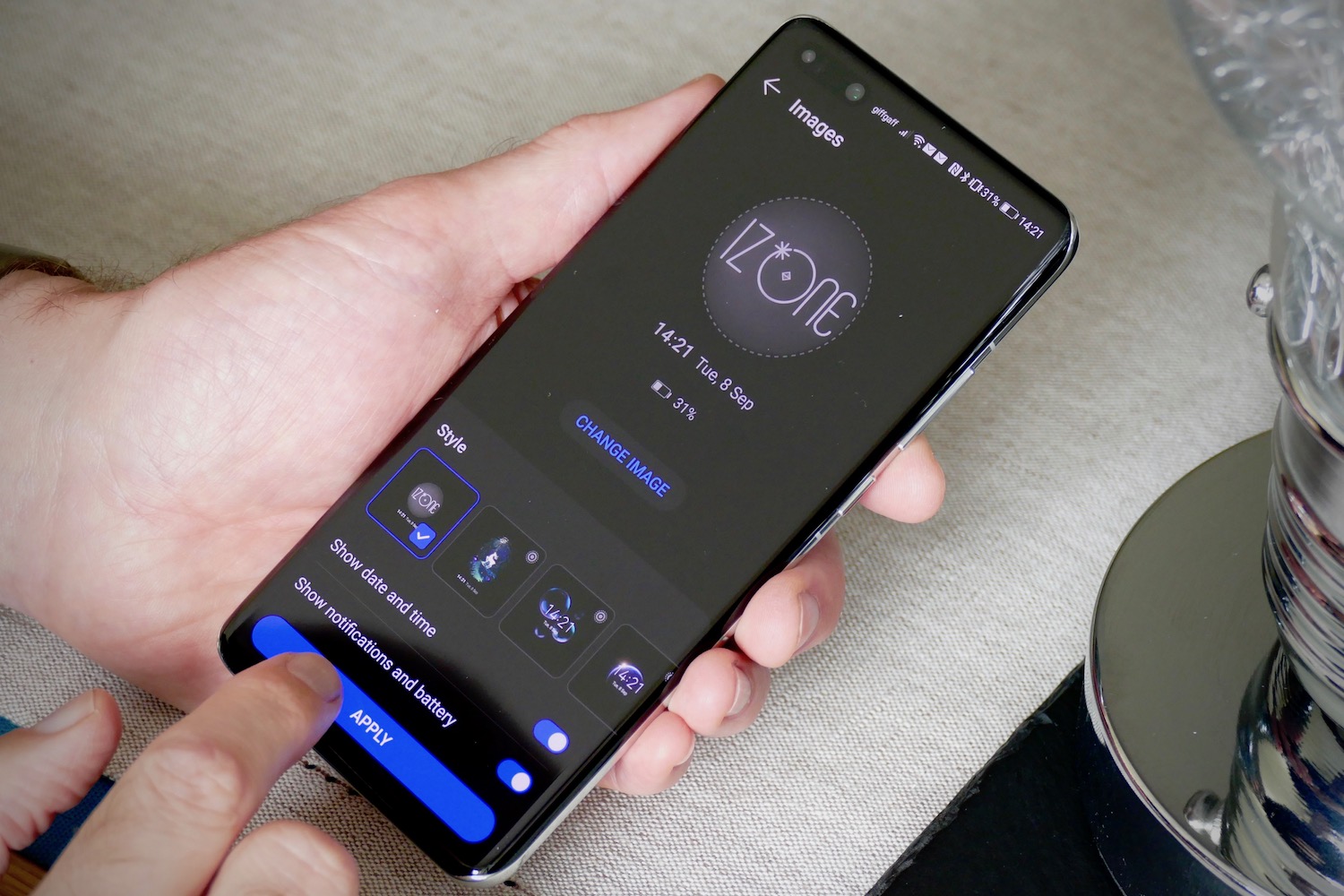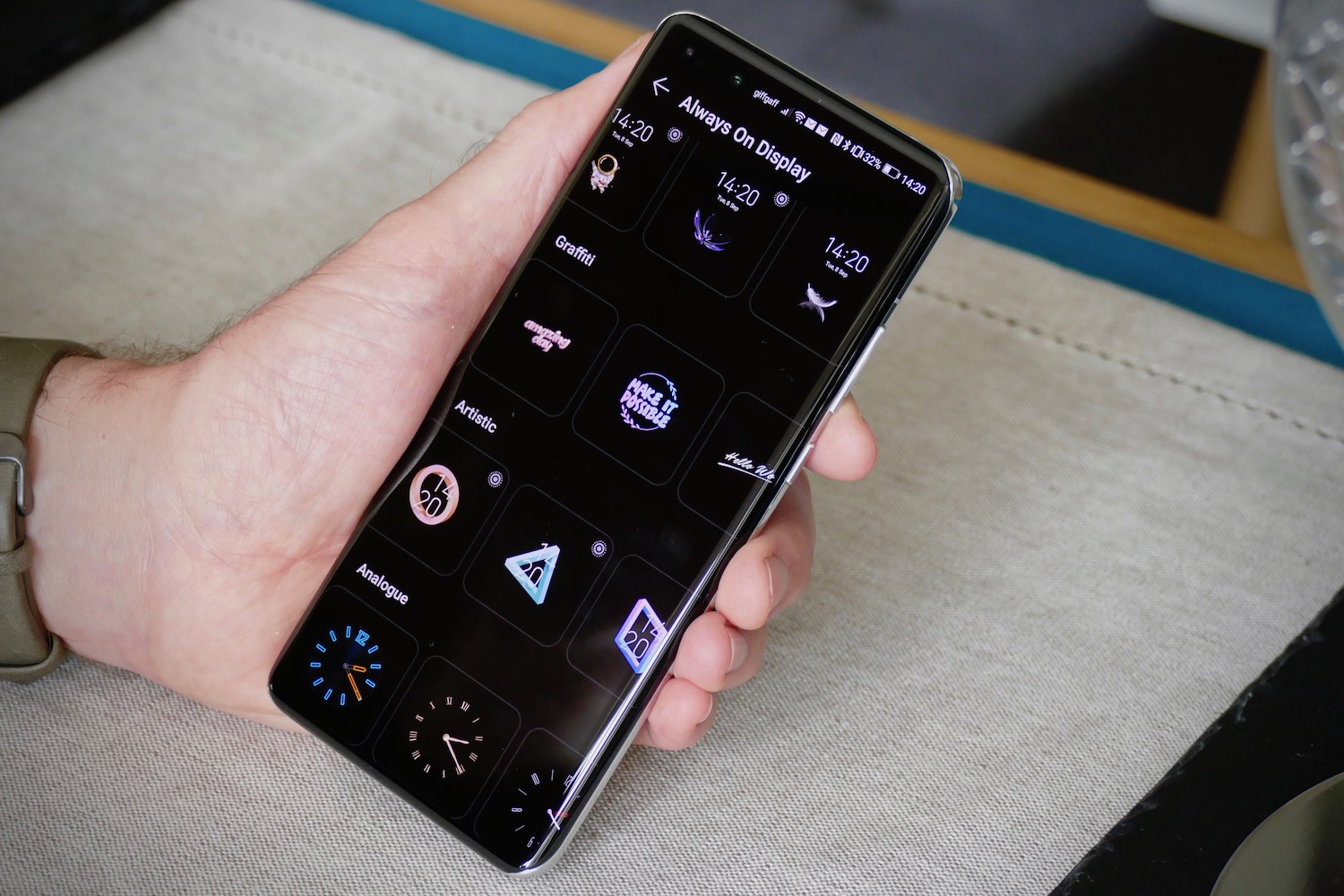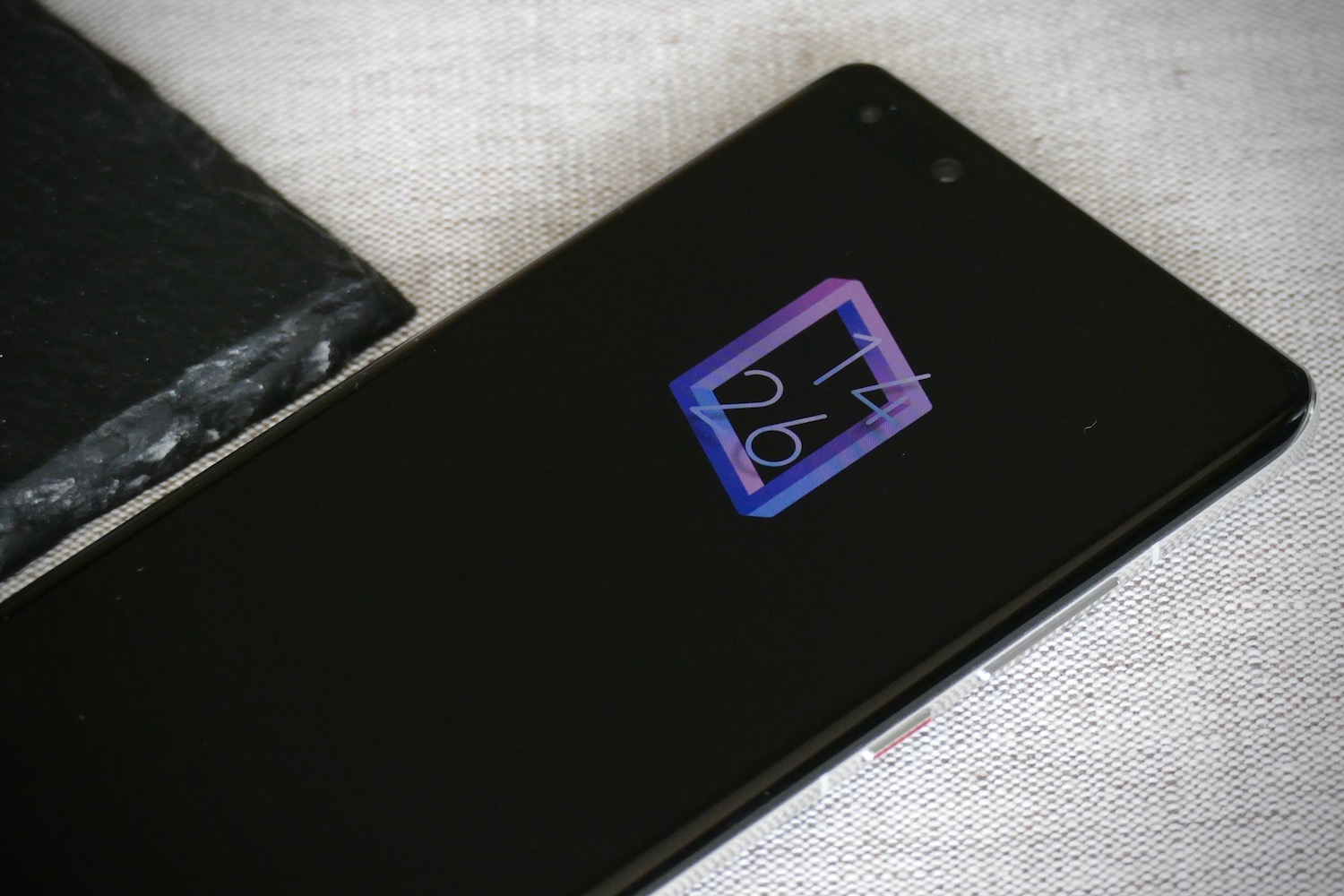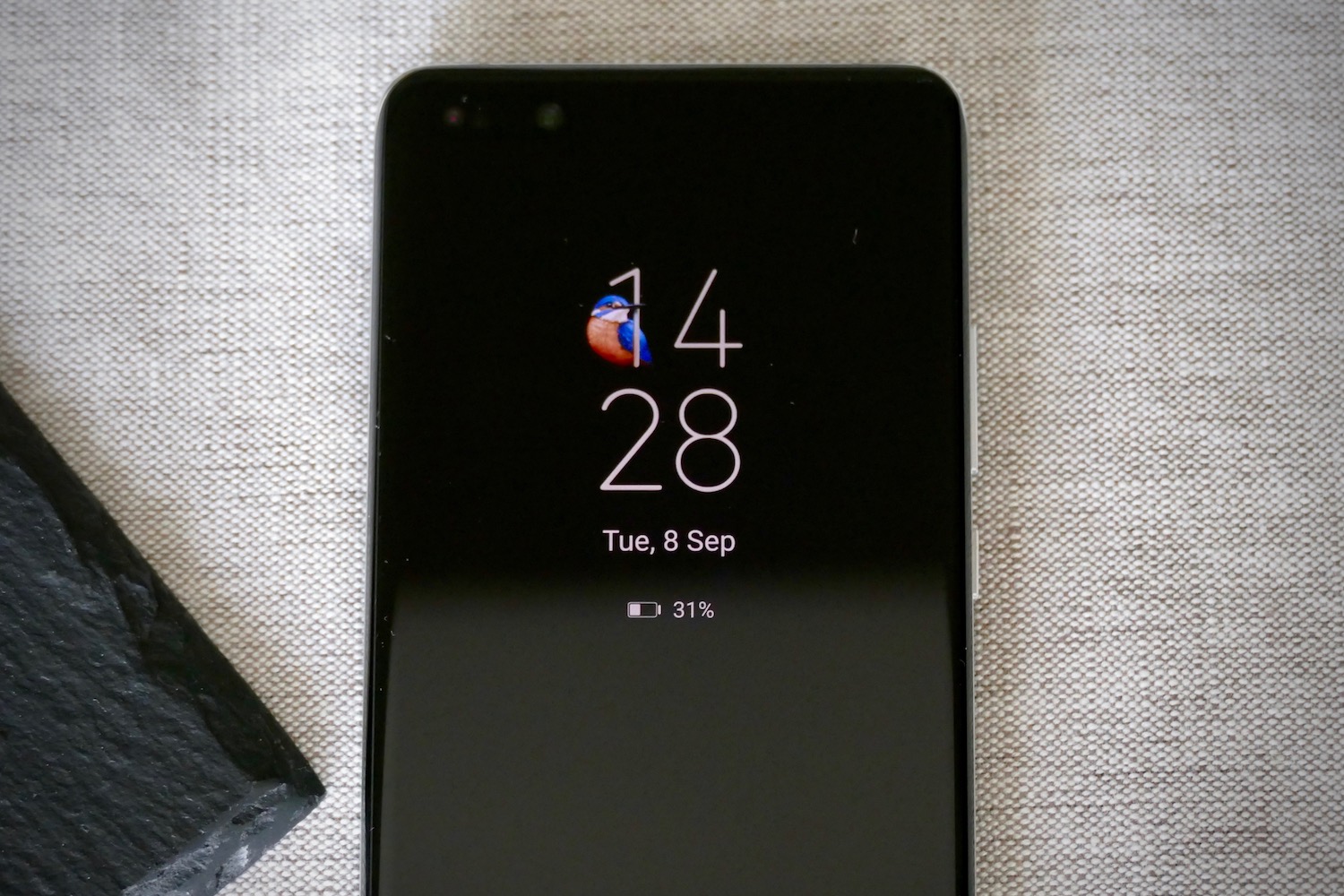Huawei has leaned on its intriguingly named Human Factors Engineering Research Lab to produce EMUI 11, the latest version of its mobile user interface, built over the top of Google’s open-source version of Android. The software will be coming to a range of Huawei smartphones over the coming months, so what did the lab contribute to it?
The Human Factors Engineering Research Lab uses a range of scientific principles to help design the user interface, based around how we use our eyes, hands, and minds when we use the software to control our mobile devices. The engineers’ goal is to ensure we always understand how to best interact with what’s on screen, based on our understanding of what we see and feel.

What does this mean in reality? Take the Calendar app as an example. When you tap a month in the yearly overview, rather than simply switch into the monthly view as it does in EMUI 10, EMUI 11 animates the process, smoothly zooming in to the selected month as it opens on the screen. This neat transition helps you focus on the task, says Huawei, and a lot of the reason why comes down to reduced eye movements.
The team knows this because in development and testing it uses eye-tracking systems to see where people are looking on the screen, and by reducing the time we scan what’s happening or have to adjust our gaze, the better our accuracy and recognition gets. Put simply, we find what we want faster.
This smooth-is-best approach is used throughout EMUI 11, from the Gallery app to the Notes app, and even applies to how sounds and haptic vibrations are created. When used together, the haptic vibrating rhythm must match and complement the audible sounds played, as it apparently helps you recognize an alert even in busy or distracting environments. Understanding more about how manufacturers approach UI design is an interesting glimpse into the way we use our phones every day.
I’ve tried a beta version of EMUI 11 out on the P40 Pro, and the ergonomics have definitely been improved, but it’s not a massive change over EMUI 10. The Calendar view described above is the most noticeable alteration, along with a new, more informative Album view in the Gallery app. Otherwise, apart from some speed alterations and maybe a little more “springiness” in menus, everything feels quite ergonomically familiar.

There has been a change to Petal Search, the search system introduced by Huawei to help newcomers find the apps they need while the company builds the App Gallery store, has become a widget on the home screen. It looks very similar to Google’s Search Bar widget, but at the moment it only operates as a shortcut to the Petal Search app rather than independently.
My favorite change in EMUI 11 is the new always-on display, with a wealth of unique colorful looks, some animated icons, and the ability to customize it with your own images, or even tailor it with color schemes taken from your environment or outfit using the camera. It’s hugely customizable with the option to show the date, notification icons, and the battery icon too. The Mondrian-influenced shapes work really well, especially with the different color options, and it really helps personalize your phone.
Huawei has also upgraded the multi-tasking system with Smart Multi Window, where windows can float over apps and be minimized to a small button, ready to be recalled when further interaction is needed. The privacy and app permissions system has more control options to fine-tune what apps can do, plus there are a new Hidden Photos album and Hidden Memo folder for notes, which require a passcode or biometric authentication to open and are not accessible by third-party apps at all.
In my short time using EMUI 11 so far, it’s clear this is not a feature-packed update on the same scale as EMUI 10, but there are welcome changes that enhance an already fluid and attractive piece of software.
When will it come to your phone? Huawei will announce availability during the September 10 Huawei Developer Conference keynote presentation, but has said most recent phones including the P40 series and the Mate 30 series will get the update, and that it will arrive on Huawei tablets too.
